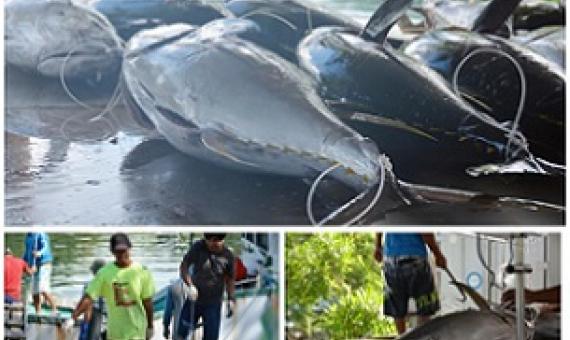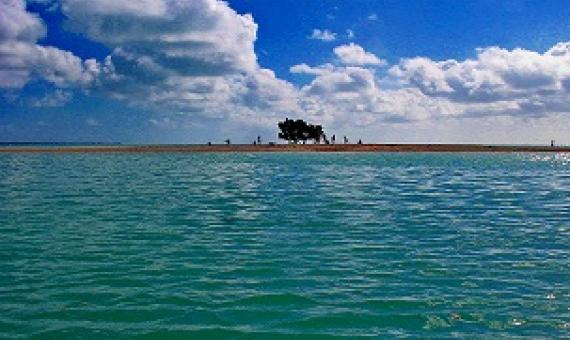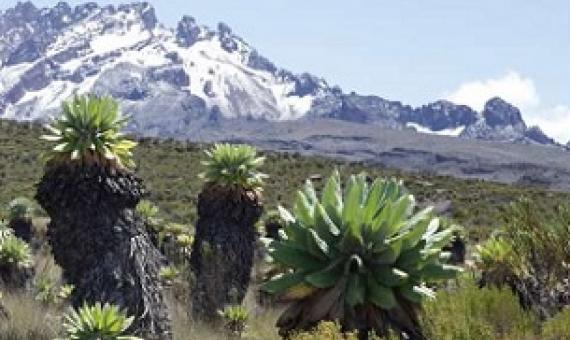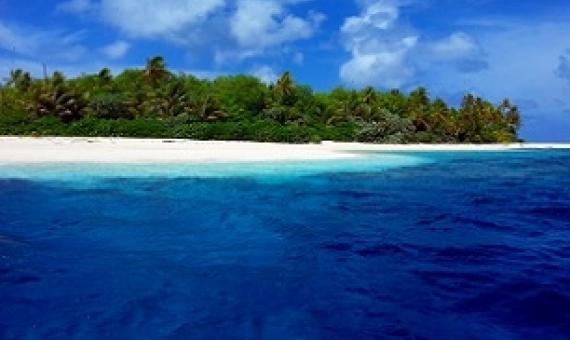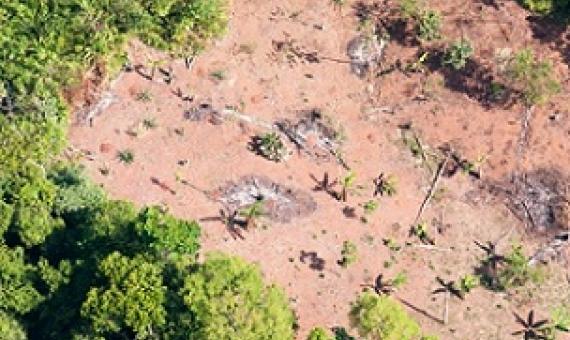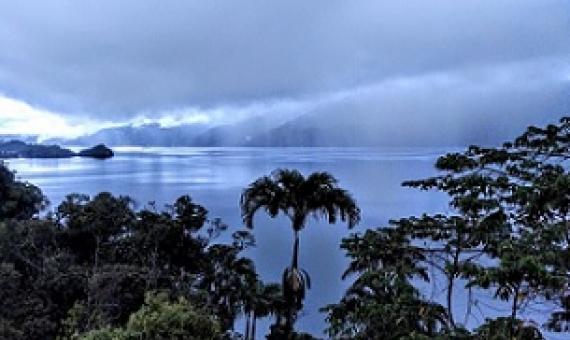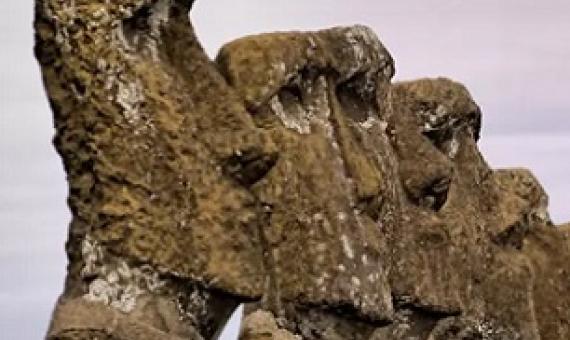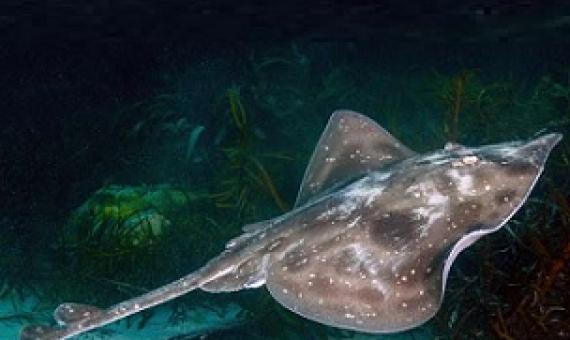The Palau International Coral Reef Center (PICRC) and Belau Offshore Fisheries Incorporated (BOFI) have launched a new study of tuna spawning in the Palau National Marine Sanctuary (PNMS).
Published in the Proceedings of the National Academy of Sciences and coauthored by University of Oregon...the study integrates data from archaeology, history and paleoecology to gain new insight into human-environmental interactions in the deep past.
Though the sea level is rising, in the South Pacific, many low-lying islands are actually growing.
Microorganisms, plants, and animals accomplish great feats every day. For example, by decomposing material, producing plant biomass, or pollinating flowers, they keep nature 'up and running," thereby securing the livelihood of humans.
Research has shed new light on the impact of humans on islands' biodiversity. The findings show how human colonization altered forest across the islands of Macaronesia including the loss of landscape authenticity.
Tropical forests are some of the most threatened ecosystems on Earth, largely due to recent human activities.
A new study by researchers from The Australian National University (ANU) has identified warning signs of ecosystem collapse at a wetland of international significance in Papua New Guinea (PNG).
Five culturally protected water body practices in Fiji: Current status and contemporary displacement challenges
Community-based natural resource management in Oceania has its roots in culturally protected water body(CPWB) practices. However, CPWBs in Fiji have been under-researched regarding what practices exist, and the extent to which they are currently practiced. Archival research and interviews with 201 individuals across Fiji’s189 districts revealed five CPWB types. Conception, Meconium, and Circumcision CPWBs are at risk of practice cessation, while Chiefly investiture and Funerary, have 15% and 42% actively practicing districts, respectively.
Easter Island’s famous megaliths have relatives on islands thousands of miles to the north and west, and so did the people who created them, a study has found.
The first complete assessment of extinction risk for all Australian sharks, rays and ghost sharks reveals Australia is home to more than a quarter of shark species on the planet, but 12 percent of those are at risk of extinction.

